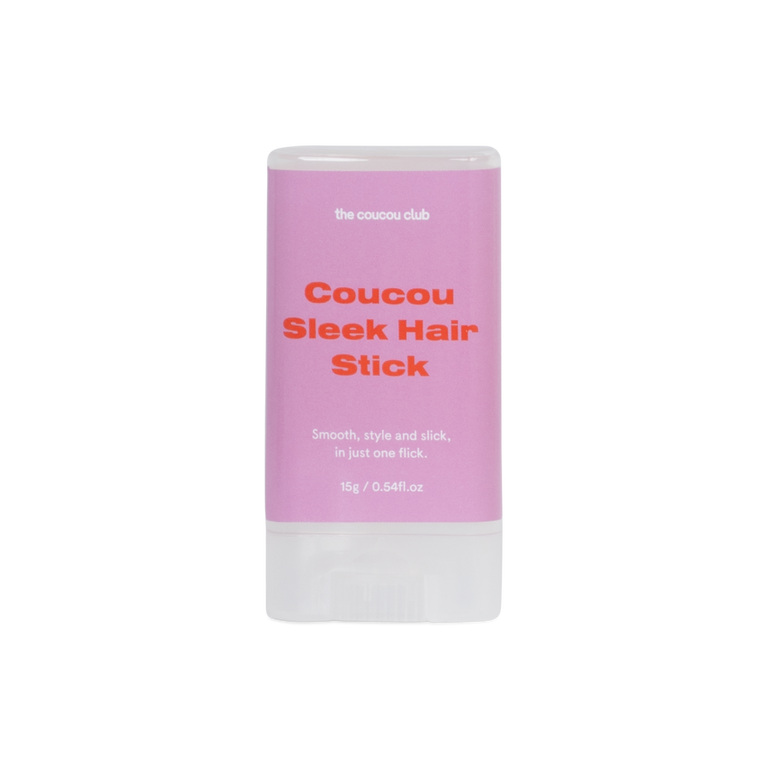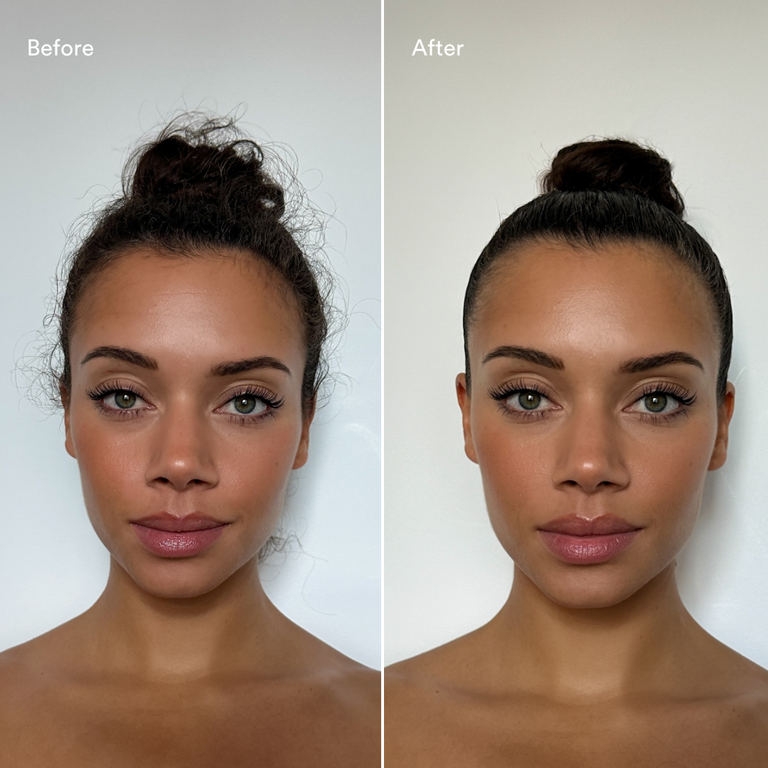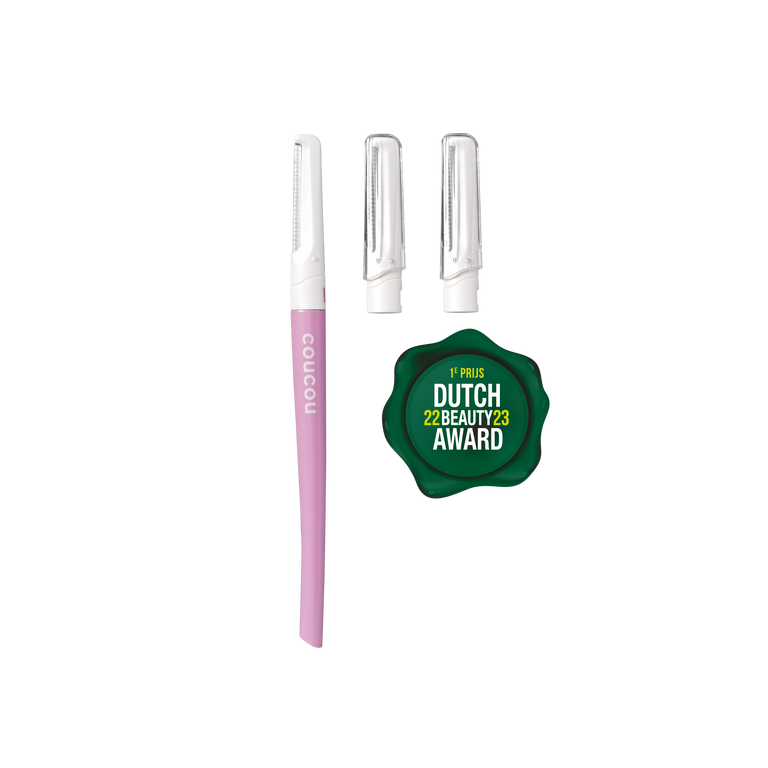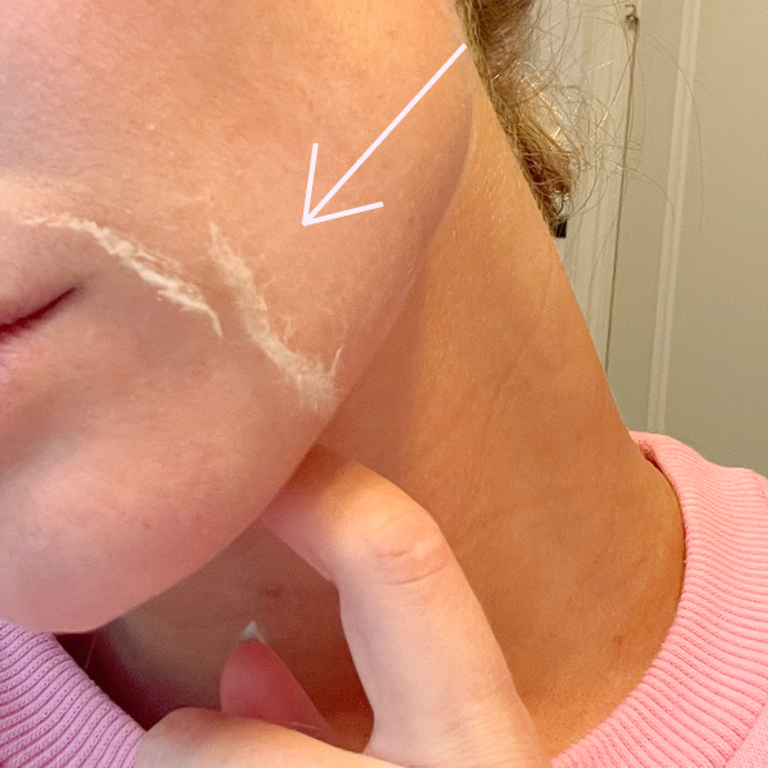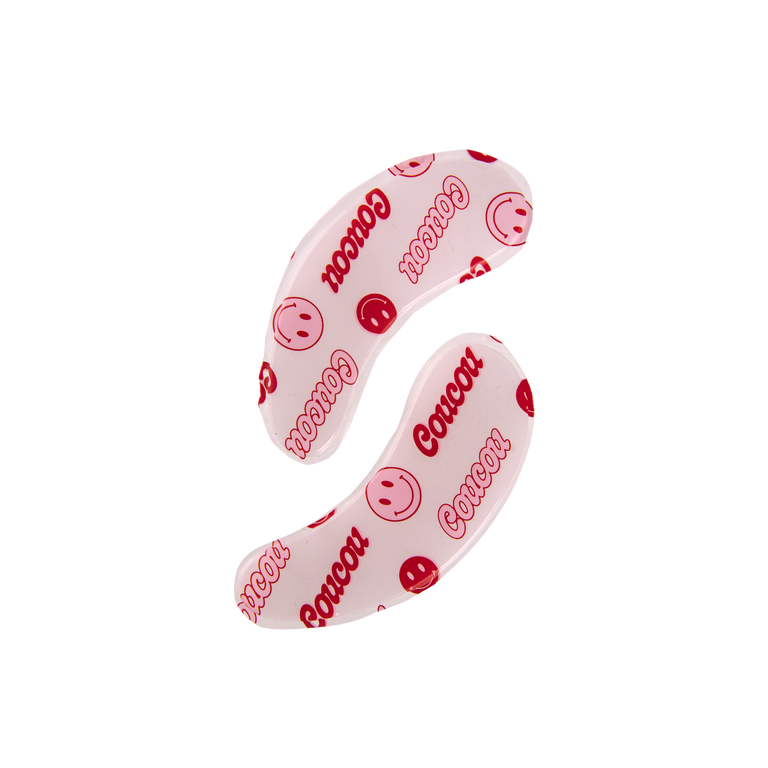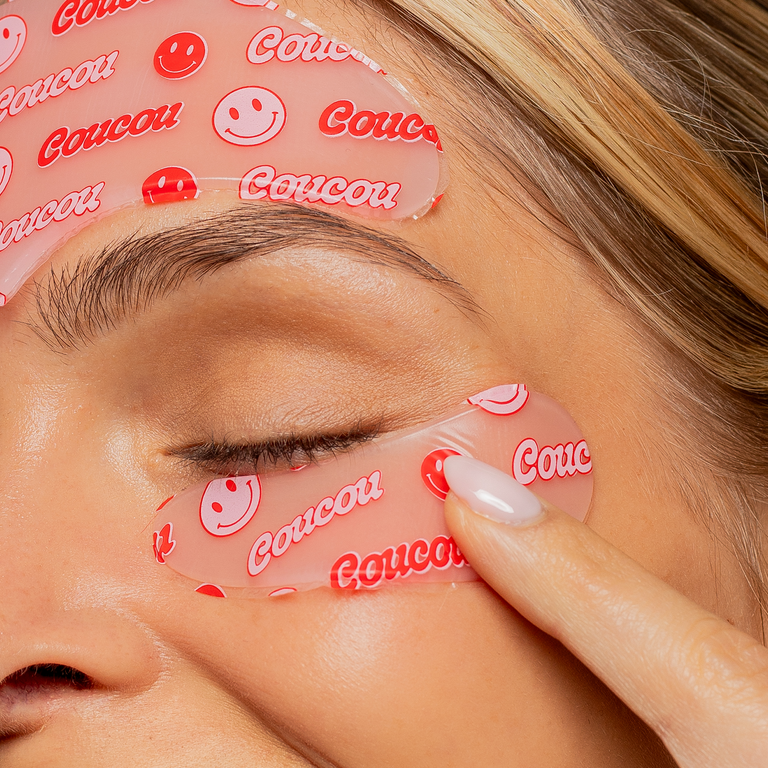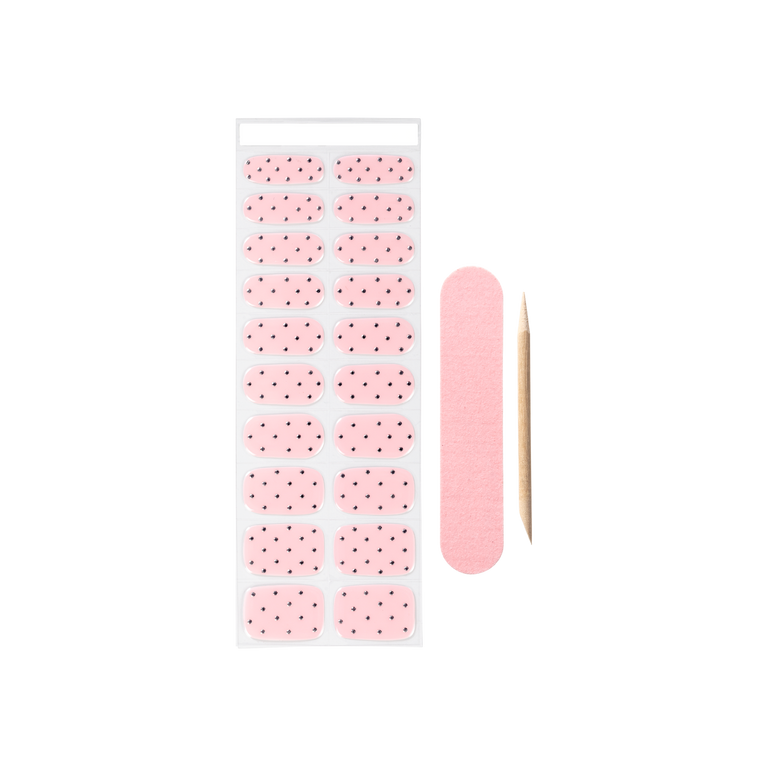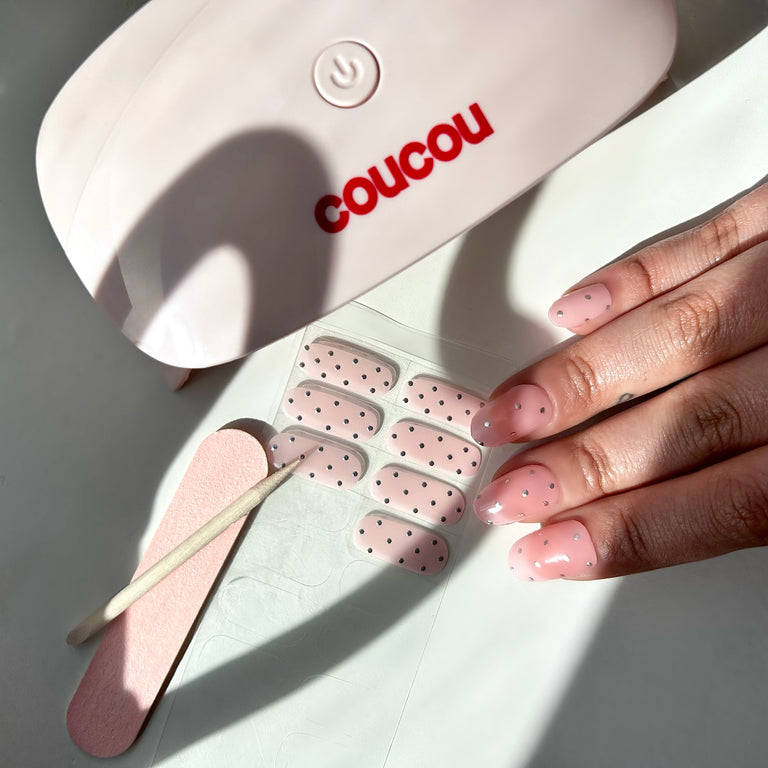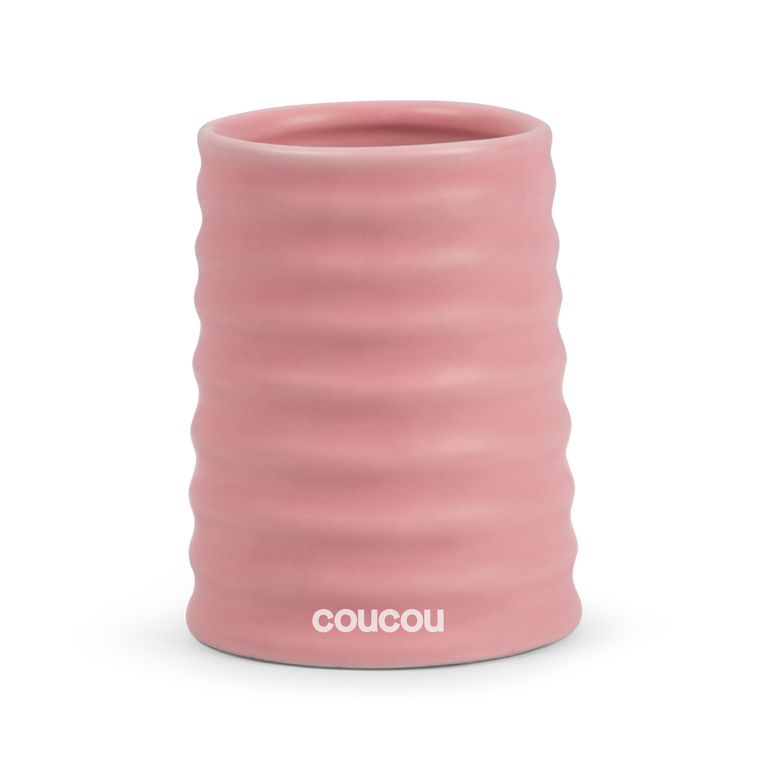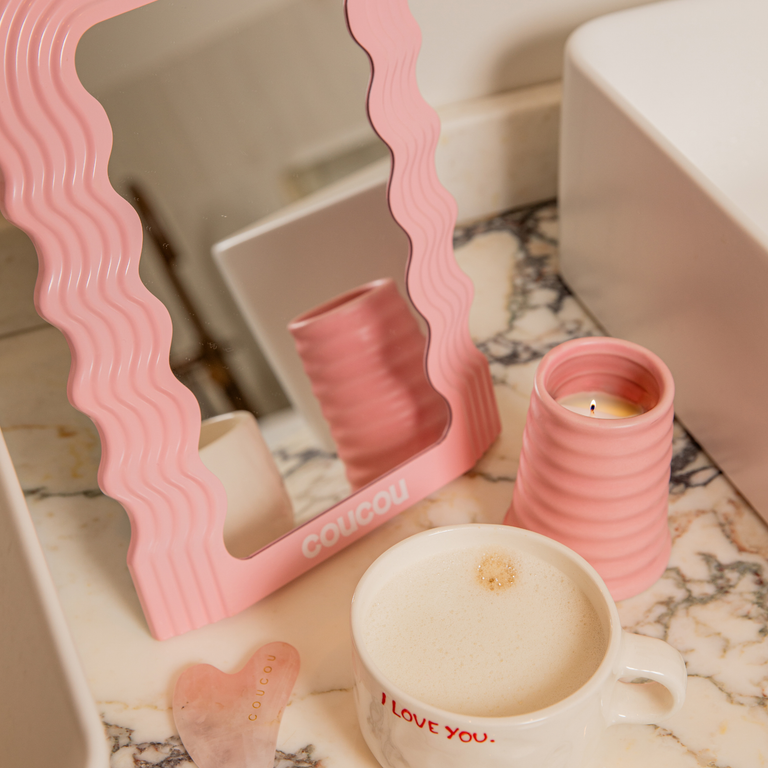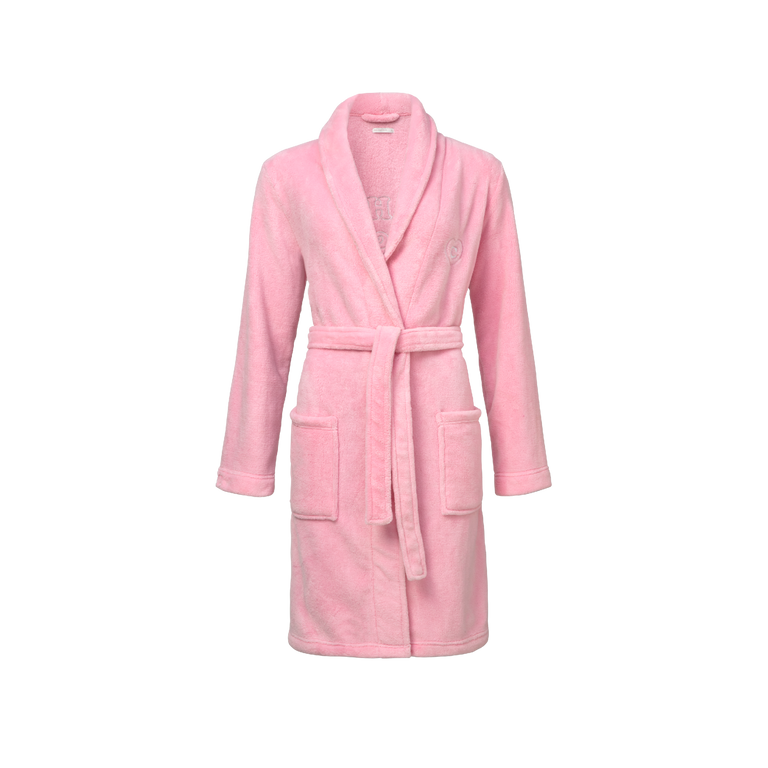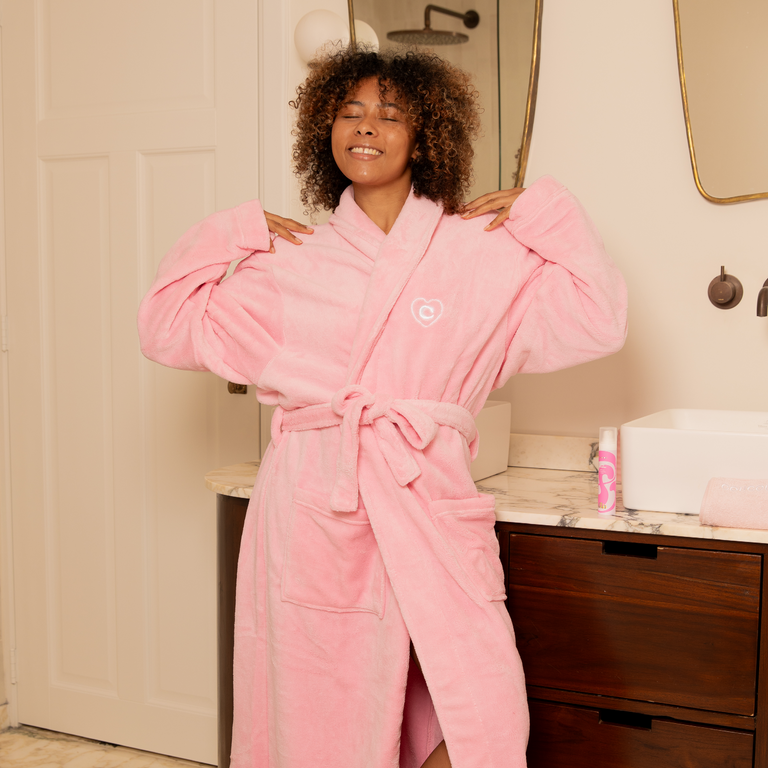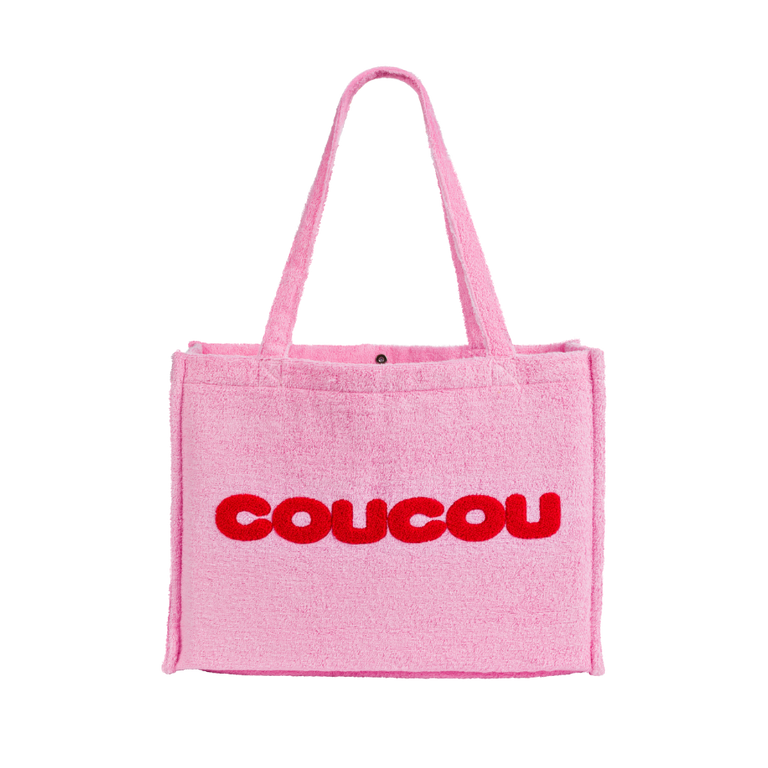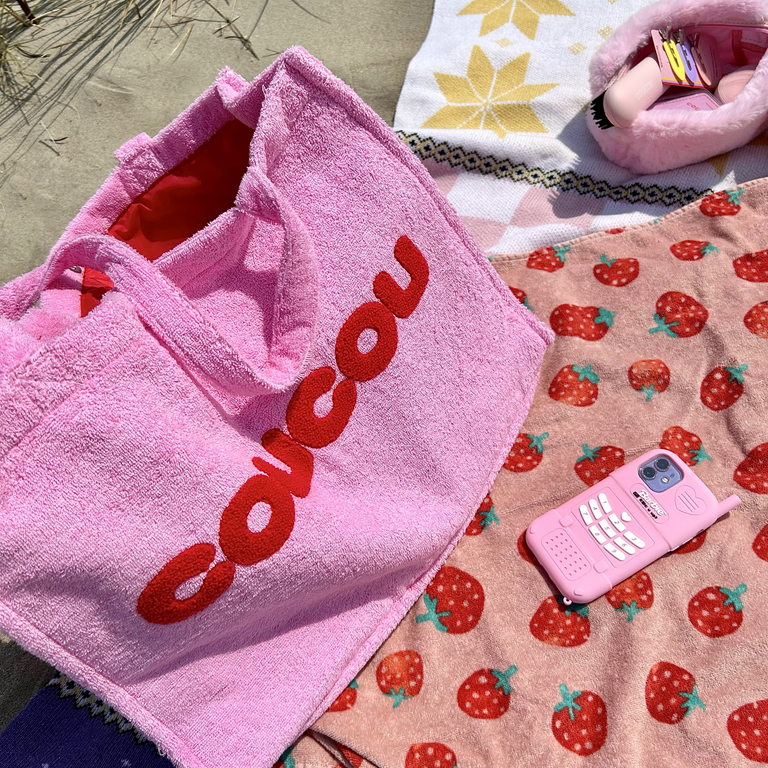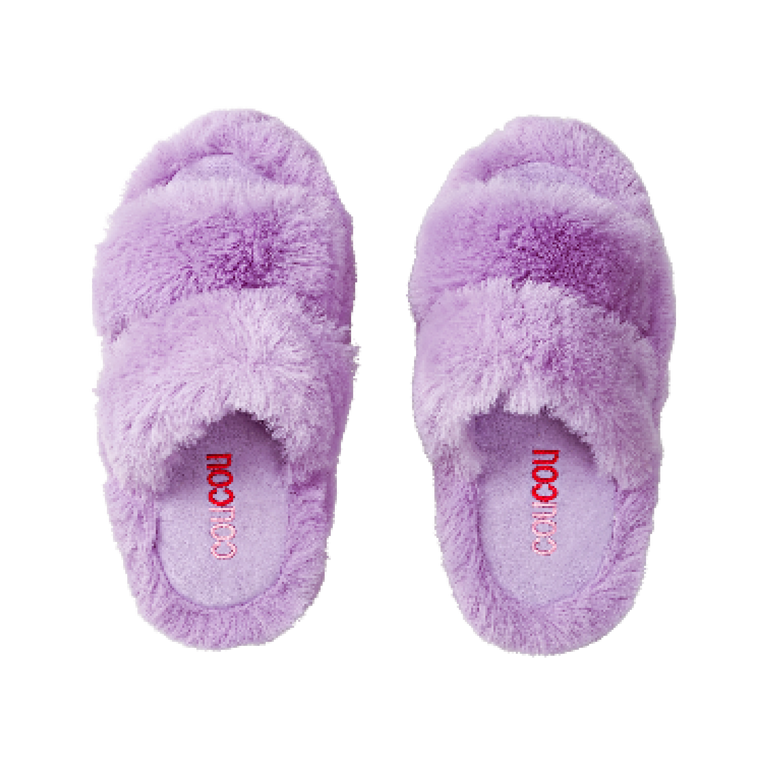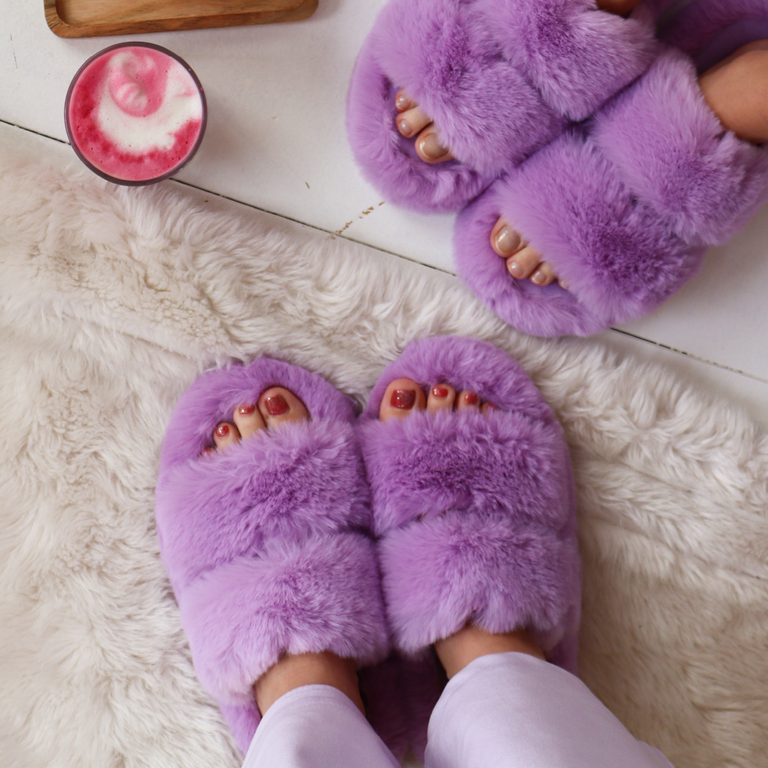What is Clean Beauty? The what and how.
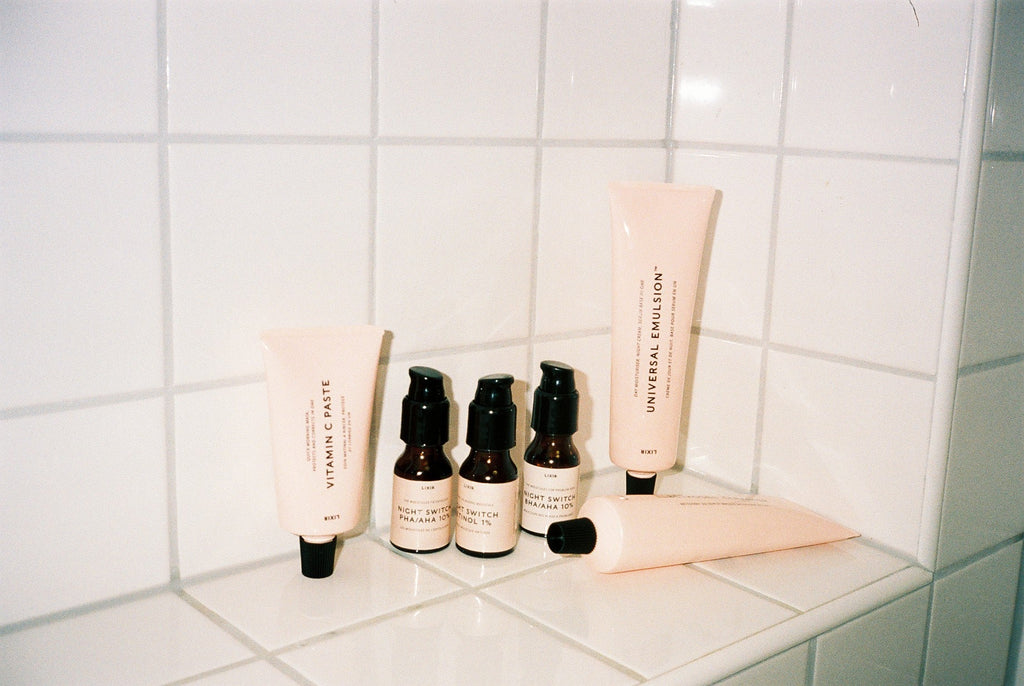
Whether you call it a trend, a movement or a revolution: ‘Clean’ is here to stay. But what does it mean when a brand or product claims to be ‘Clean’? Coucou did some research.
Two things are often related to the rise in the popularity of Clean Beauty. Firstly, the increased exposure to pollution, digital aggressors and stress. Secondly, people’s growing interest in wellness and desire to align their beauty routine with the rest of their lifestyle.

Clean beauty often gets thrown into the same category as Organic and Natural as if they’re the same, but the truth is they’re not. In short: “Natural” means the products are made from solely plants and nature which are minimally processed. Products that carry the label “Organic” take "Natural" even further in the process. There's a lot being said about Clean Beauty, but the most important thing is: harmful ingredients must be avoided.
So: Clean Beauty to us means that products are non-toxic, mindfully created and without a long list of ingredients linked to harmful health and environmental effects. You can find the most common ingredients to avoid below. The Clean brands we list hold themselves to high standards in terms of creating formulations that are not harmful to our health.
In this, there is no distinction between the use of synthetic or natural ingredients, which means Clean beauty uses both as long as they are proven safe, eco-friendly and cruelty-free.
Get coucou, but educated
Do consider that the term ‘Clean’ is not regulated by law, so it really varies to what qualifies a brand to be Clean. To avoid getting lost in all the greenwashing, we advise you to always do some research on the product you buy. At the end of the day, beauty is personal so make sure you know which ingredients work for you and which don’t.
Need a little help understanding the ingredient list (we understand)? For every product we’re building a new feature that makes all the ingredients in the list clickable with an easy to understand explanation, so you can make well-informed beauty choices and learn what you use on your skin.
* Click on the ingredient in the ingredient list in the bottom of the product page for an easy to understand explanation

Going all Clean Beauty?
Below a selection of some common harmful ingredients to avoid.
Fragrance and phthalates
The problem with a fragrance ingredient is that, by law, they don’t have to be shown on an ingredient list because they are considered a trade secret. On the other hand, phthalates (that keep the fragrance live longer) are chemicals that you’ll find on the list in abbreviation: DEP, BBzP, DBP, and DEHP. Studies show they can cause reproductive and hormonal problems in men and children.
Ethoxylated Agents
These include PEGs (normally used to thicken and soften a formula), ceteareths, oleth, and sulfates (create the bubbles in a cleanser or shampoo) often to be avoided in hair products as they can strip your hair.
Formaldehyde
The Joker under the preservatives. Mostly found in keratin hair treatments to straighten hair. The problem is that it’s an ingredient that may cause cancer and for that reason already mostly forbidden.
Refined Petroleum
A mineral oil sourced from petroleum and is commonly used in lip balms and face creams to moisturize the skin. The nasty part is, aside from the fact that petroleum sourcing is harmful for the environment, they are also a contaminant to human health.
Hydroquinone
An ingredient used to bleach and therefore often used in skin-brightening serums and to treat hyperpigmentation. The ingredient is linked to several health concerns, such as forms of cancer, failing immune system, and skin conditions.
Any questions? Just drop us an email!
